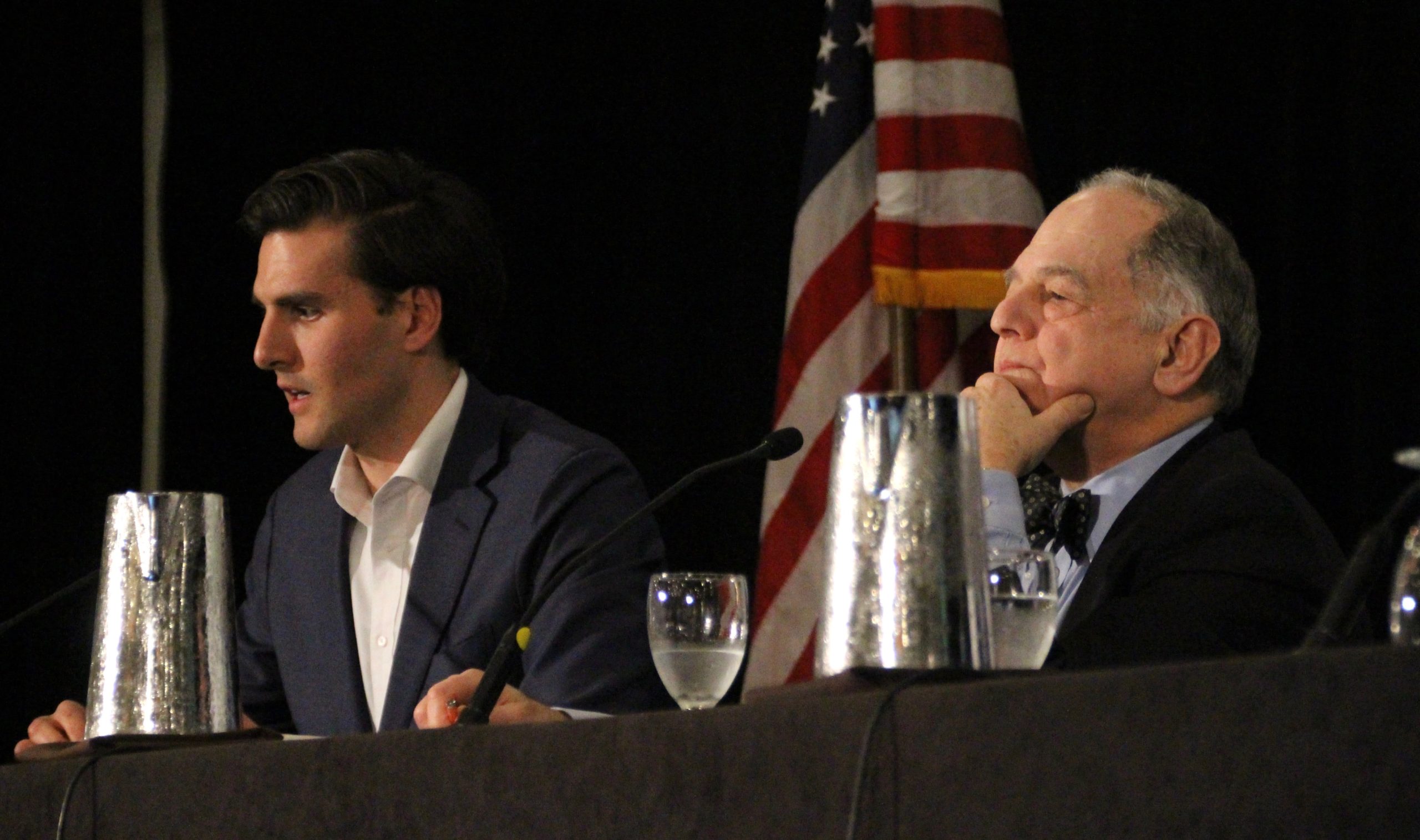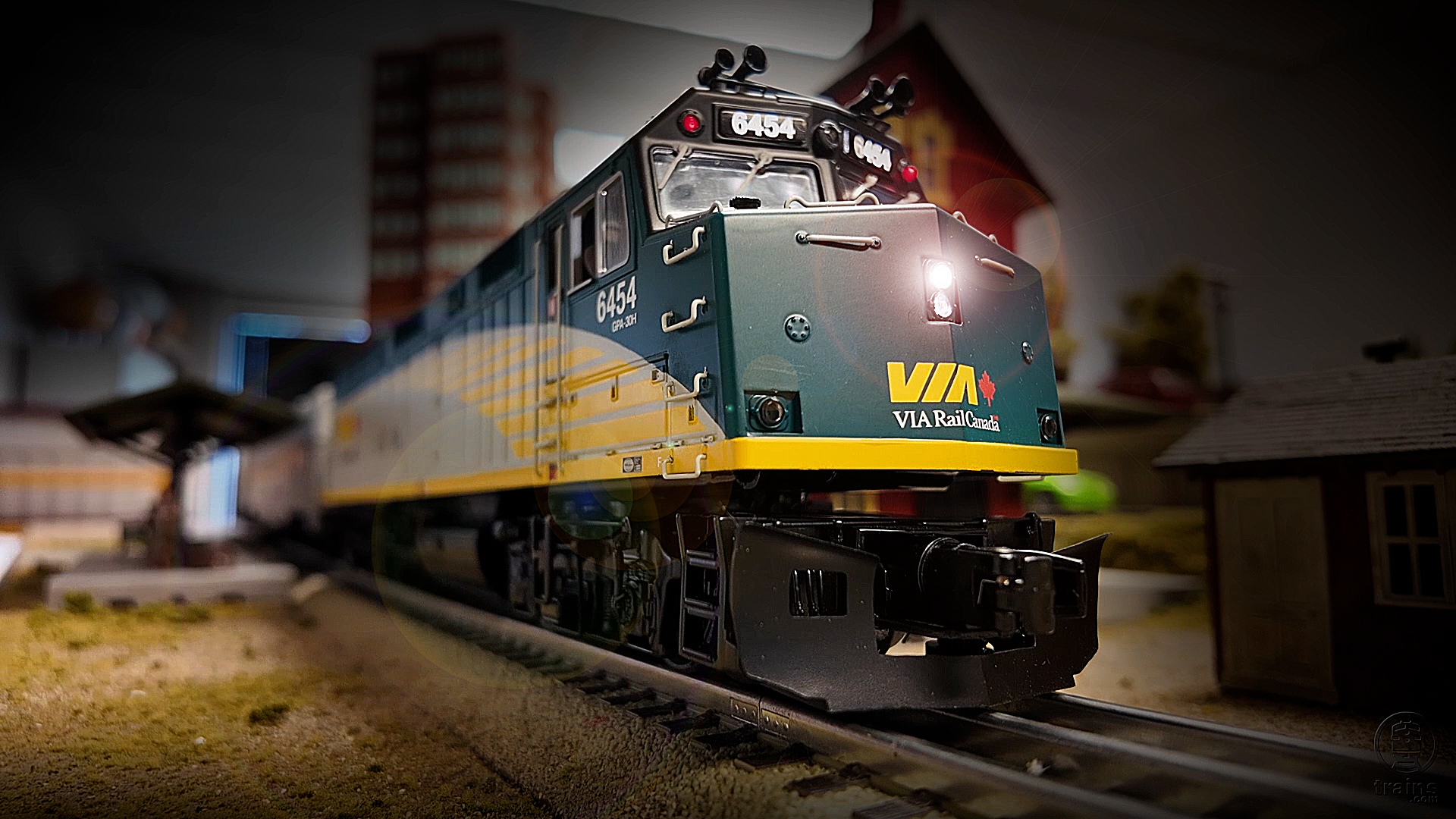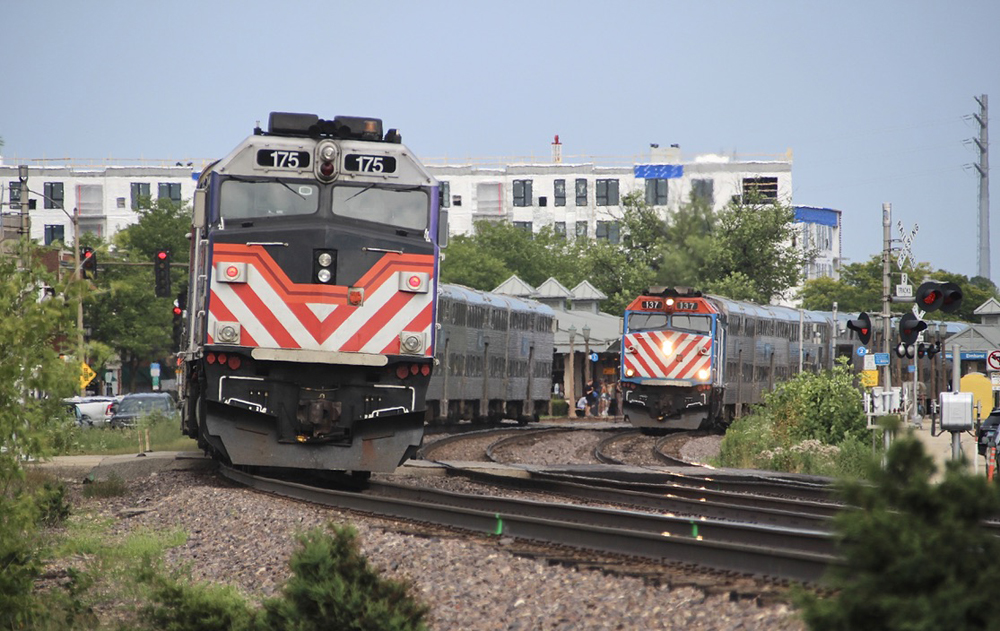But if STB Vice-Chairman Patrick Fuchs and Commissioner Marty Oberman had any thoughts of discussing pending STB business while in California, well, that was out of the question. That’s because, with a three-member board, two members constitute a quorum, and so their discussion would fall under open-meetings laws.
And so Fuchs and Oberman see advantages if the board — which regulates economic matters of the railroad business including matters of railroad business including rate and service issues, as well as mergers, line sales, and abandonments — can fill out the full five positions allowed by law.
“The ability of Marty and I to get into a room and negotiate would exist with five members, but not with three,” said Fuchs, who, like Oberman, joined the board in 2019. “… So in that sense, there’s some efficiency gains to be had. I also think it would be great to have some additional perspectives on the board. As to when that will happen, it’s totally outside our purview.”
A fourth member has been nominated to join Fuchs, Oberman, and STB Chairman Ann Begelman on the STB: Michelle Schultz, deputy general counsel for the Southeastern Pennsylvania Transportation Authority. She was nominated by President Donald Trump in March 2018, a nomination that was approved by the Senate Commerce Committee in July 2019 but is still awaiting action by the full senate. No nominee has been named for the fifth seat.
The inability of the two members to discuss a case is “idiotic,” Oberman said, “particularly if you look at the complexity of some of the decisions we have issued. … Given the complexity of what we do, having two additional geniuses on the board, along with the three geniuses who are already there, will facilitate better decisions.”
Fuchs noted that the board is in no way constrained from acting by only having three members. “Historically, the board has operated with three,” he said. “It wasn’t until 2015 that the number of board members expanded from three to five.”
As for what the board will look to accomplish in 2020, Fuchs said work continues to reform the process the board uses to review rates.
“The predominant way we review rates is something called the stand-alone cost test,” Fuchs said. “This requires parties to have a hypothetical railroad where it has to actually simulate a competitive rate in a contestable market. It’s extraordinarily complex and it’s gotten more complex over time. The litigation has gotten more and more expensive and there’s more and more paper. To give you some sense of the complication, I had asked some staff to count the papers involved in some of the more recent cases. And I cut them off at 100,000. Over 15,000 files were submitted to the board; 4,000 pages of narratives and exhibits. People were arguing about hypothetical bathrooms for the hypothetical employees at the hypothetical railroad.
“It makes you step back and say … is this the best way we can be doing business? … We want to make the process simpler, we want to make it sound, and it’s something that we’re going to be thinking about doing in 2020.”
Conference events scheduled for Monday include a keynote address by Canadian Pacific CEO Keith Creel, and presentations of capital spending plans for 2020 by Norfolk Southern and Union Pacific. Trains will cover the conference, which concludes Wednesday.














